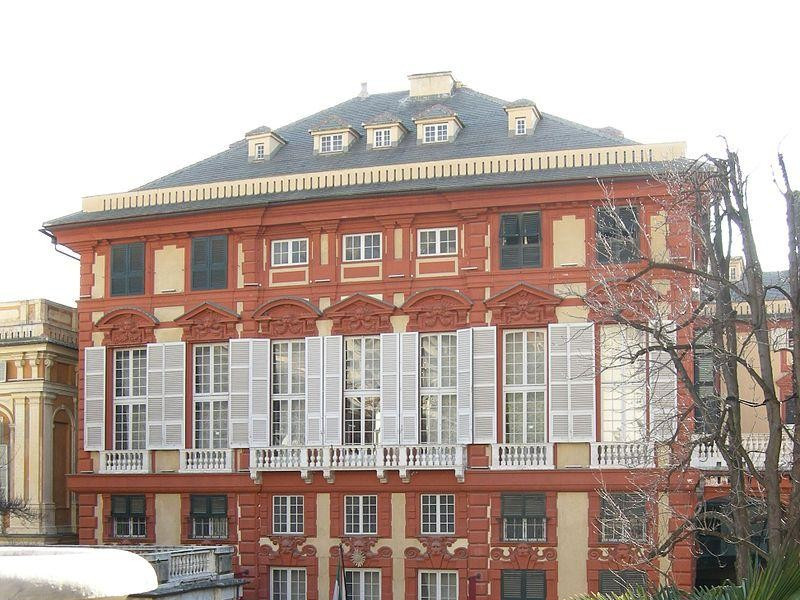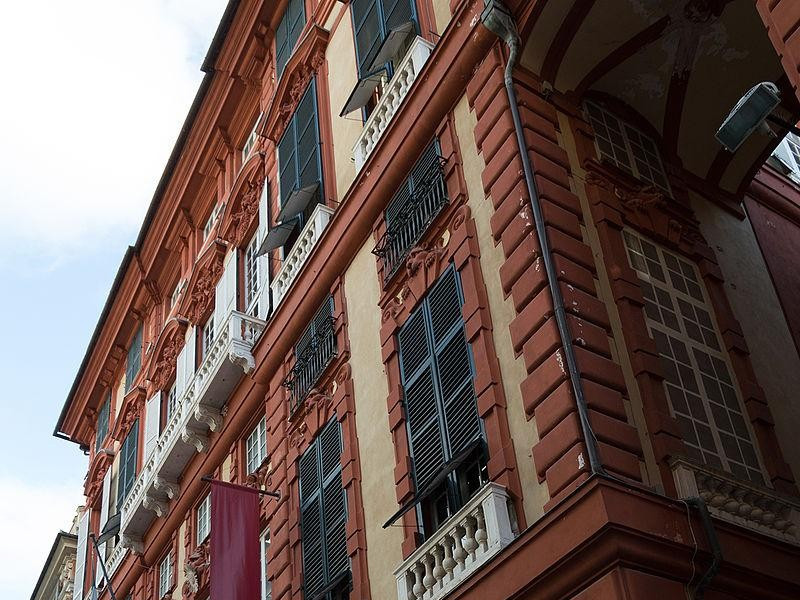Palazzo Rosso
In addition to the Red Palace, the Duchess of Galliera in 1874 donated to the City of Genoa the wonderful paintings which, together with furnishings, formed the historical nucleus of the collections of the Museum: shrewd acquisitions and commissions carried out for over two centuries in demonstration of the social, economic and political life of the family Brignole Sale. Since the first commission of the first half of the seventeenth century to some great artists such as Anthony Van Dyck by Gio Francesco Brignole, also the successors, from wife Maria Durazzo, continued this policy has made a significant expansion of the rich art collections also thanks to the received inheritance. Today the picture gallery is characterized both by the Flemish portraits for both paintings by Guido Reni, Guercino, Mattia Preti, Bernardo Strozzi, both tables and paintings of the Venetian area of the sixteenth century, among which is remembered works by Palma Vecchio and Veronese. In the years 1953-1961 were carried out major renovations, thanks to which the exhibition spaces were more than doubled in terms of a different arrangement of the paintings, by including works not pertaining to the historic core, such as the collection of ceramics and the numismati,c previously located elsewhere. Of different origin was also the textile collection, for which the occasion was made a specific deposit. Also found accommodation in the mezzanine between the first and second floor of the cabinet, drawings prints, topographic and cartographic collection. After 1992 a new system was implemented, focusing on the recovery and the exposure of all the works belonging to the collection Brignole-Sale, previously moved into the White Palace and partly in storage. In her will of 1884, there is the intention of the Duchess of Galliera to assign the building to public space, with the prospect of increasing the existing works of art, forming the nucleus of the museum. Starting from 1887 it was enriched by numerous private collections and the town hall itself intervened with prudent purchasing policy. The current arrangement of the rooms and the transformation into art gallery resulting from transfer of sculptures and frescoes in other museums and the reorganization following the post-war reconstruction of the palace. Restoration of the building and reorganization of the collections were decided by a committee made up of Orlando Grosso, Carla Mazzarello, councilor for Fine Arts of the City of Genoa, Catherine Marcenaro, director of the Fine Arts of the City, and by Franco Albini, architect, whose intervention is considered one of the most significant works of Italian rationalism aimed at a recovery center. The staging of the collections was edited by Carla Mazzarello. The palace was open to the public in 1950. The gallery offers an overview of European painting from the sixteenth to the eighteenth century, with a high prevalence of Genoese painters, Flemish, French, Spanish. Are exposed century paintings by Paolo Caliari, called "Veronese", Filippino Lippi, Giorgio Vasari, Luca Cambiaso and an important documentation of the Flemish and Dutch painting from the sixteenth to the eighteenth century, among which it can find works by Peter Paul Rubens, Anthony Van Dyck and Gerard David. Among the authors of the French and Spanish seventeenth and eighteenth century there are Francisco de Zurbaran, Bartolomé Esteban Murillo, Jose de Ribera and Simon Vouet.




